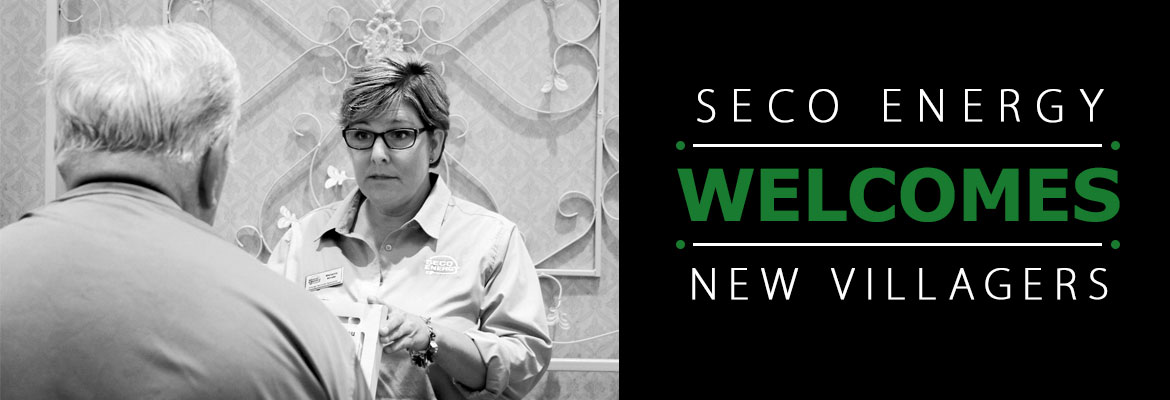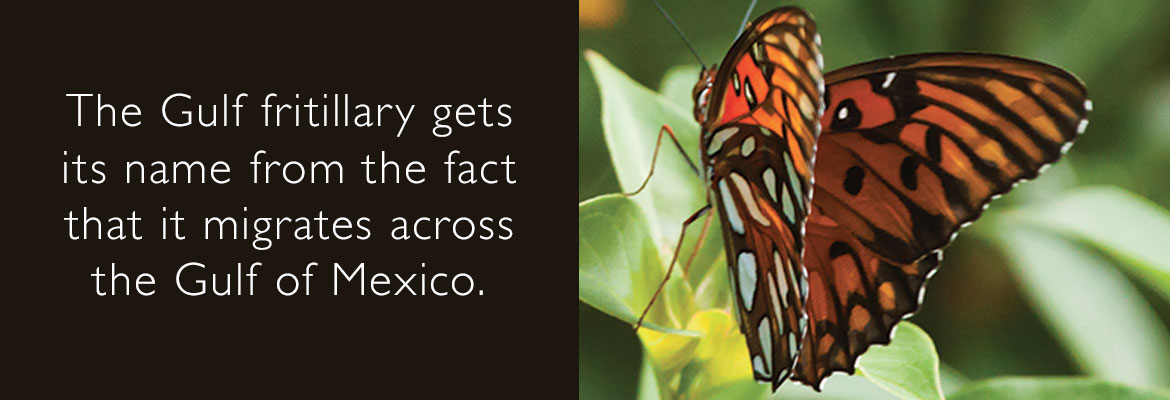Severe Storms Crossing Service Area
A line of extremely severe thunderstorms crossed Central Florida. SECO has activated additional crews and has called in more contractors and tree crews. The good news is all the feeders are intact and substations are operational. The not-so-good news is the winds/tree damage to laterals has caused nearly 100 individual pockets of outages – affecting, thus far, about 600 members. Many of these outages are in wooded areas where trees made contact with lines and may have brought lines down altogether. Please stay away from downed lines. Call 911 if your safety is at risk.
Most important, if you are in doubt as to whether SECO is aware of your outage, use Storm Center (select the Report Outage tab at the top) and report with your last name and house number. Check the box for a callback and provide a phone number please. Even if you reported it once already, do it again and provide a callback number so that we can confirm when things are coming back on.
Just click the image below.





